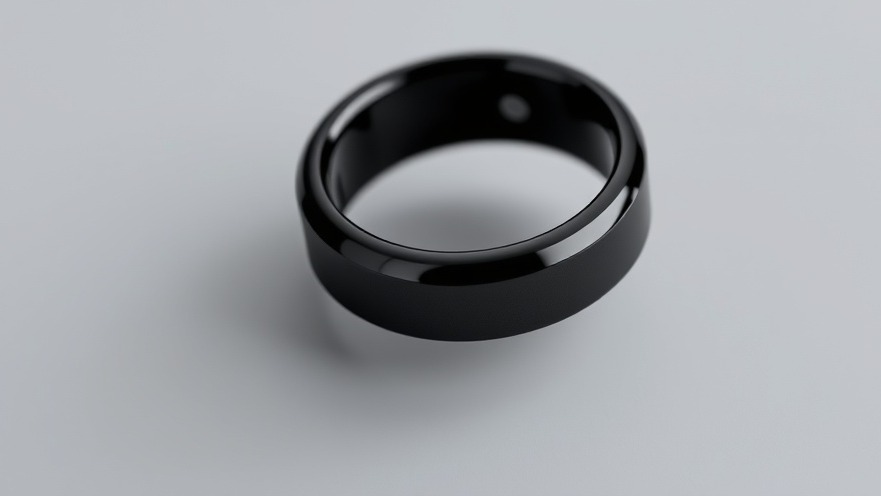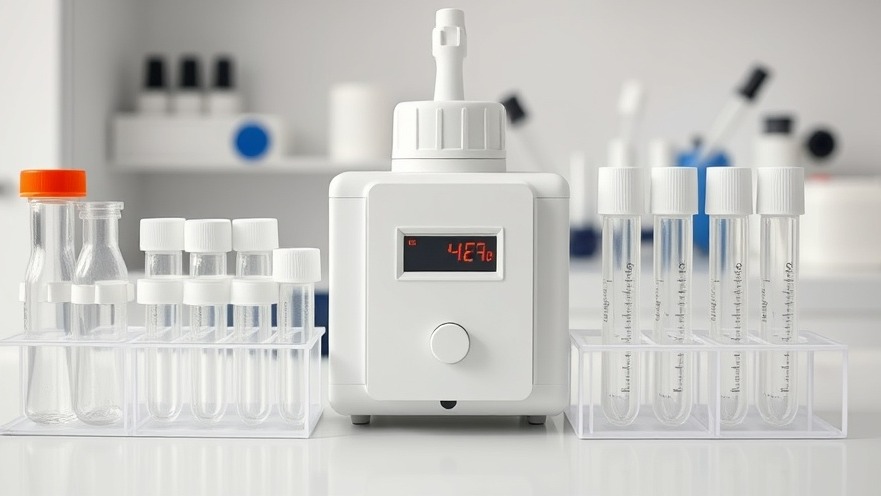
A Breakthrough in Cardiovascular Health: Handheld Devices
In an innovative leap forward, researchers from the University of Cambridge have developed a game-changing handheld device designed to replace traditional stethoscopes in heart disease screenings. Unlike standard stethoscopes, which require precise placement and often demand patients to undress, this new device boasts a larger, flexible sensing area capable of capturing heart sounds clearly, even through clothing. This could significantly change how health practitioners diagnose conditions that have long gone undetected.
Addressing the Silent Epidemic: Heart Valve Disease (VHD)
Heart valve disease, often referred to as the "next cardiac epidemic", is a pressing health issue that affects a staggering portion of the population. Current estimation suggests that up to 50% of patients suffering from significant VHD remain undiagnosed. This is partly because the symptoms can closely resemble those of respiratory issues, leading to missed opportunities for diagnosis during routine check-ups. According to Professor Anurag Agarwal, who spearheads the research, a mere 38% of patients experiencing symptoms associated with valve disease have undergone a stethoscope examination. This highlights a clear need for improved diagnostic tools in the healthcare system.
The Technology Behind the New Screening Tool
The handheld device utilizes advanced audio recording technology to capture heart sounds with remarkable clarity. This functionality is pivotal, especially in light of findings that suggest the accuracy of traditional stethoscope examinations for diagnosing VHD is relatively low. The replacement device also records heart sounds, which can be stored and analyzed further, allowing healthcare providers to utilize artificial intelligence through a machine-learning algorithm that detects signs of valve disease automatically. This innovation not only enhances the diagnostic process but also streamlines patient experiences, making examinations less intrusive and more efficient.
Implications for Patient Care
The implications of using this technology are profound. By catching VHD earlier, healthcare providers can not only improve the quality of life for patients but also substantially reduce healthcare costs. Routine health screenings may soon evolve from what can feel like tedious, potentially uncomfortable experiences to something far more approachable. The NHS has already recognized early detection of heart valve disease as a vital priority. The adaptation of this handheld device into routine screenings could pave the way for crucial early interventions.
Real-World Applications and Future Prospects
This new approach could be particularly beneficial in community health programs, where resources are often limited. The ability to accurately screen individuals for serious heart conditions without extensive training provides a unique opportunity to engage healthcare practitioners of varied specialties. Given the ongoing push for technological integration in healthcare, devices like this could become a necessity rather than an option.
Bridging the Gap with Technology
As we continue to integrate technology into medical practices, it is essential to remain aware of the tools that can enhance our capabilities. This handheld device represents not only an advancement in screening technology but also an opportunity to rethink how we approach patient care. By embracing such innovations, we can improve diagnostic accuracy and overall patient experiences.
Taking Action: Stay Informed and Prepare for Change
As concierge health practitioners, it is imperative to stay ahead of technological advancements that could impact your patient's health outcomes. Consider familiarizing yourself with the features and implementation strategies of this handheld device; it may soon be an essential asset in your practice. By embracing new technologies, we not only enhance our diagnostic capabilities but also become advocates for improved patient care standards.
 Add Row
Add Row  Add
Add 






Write A Comment